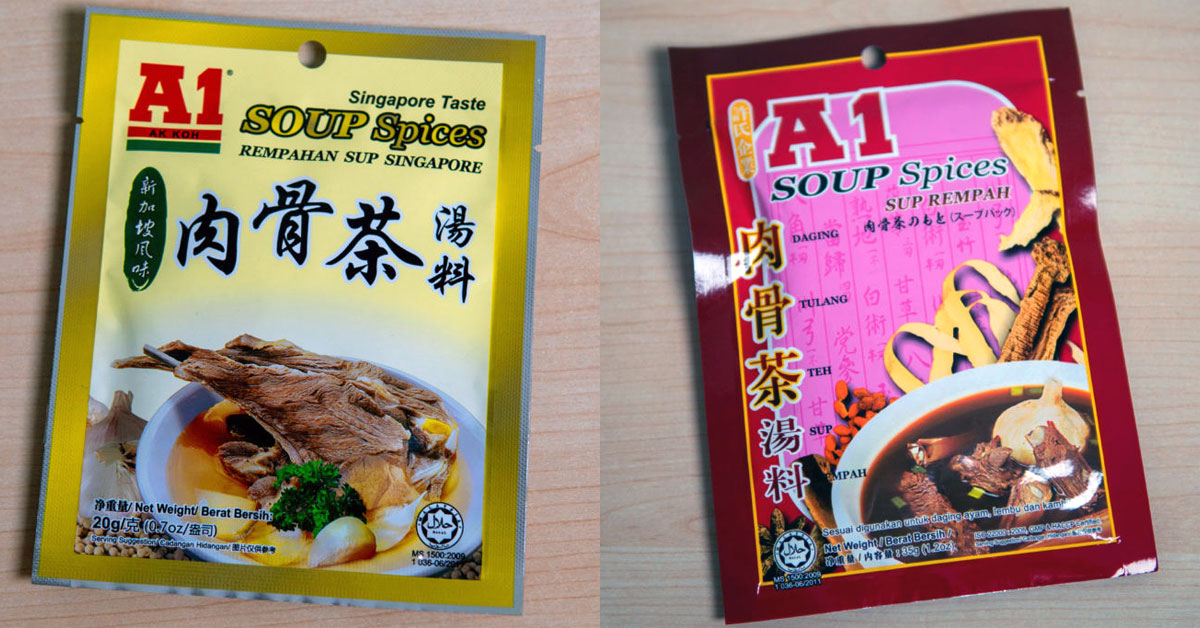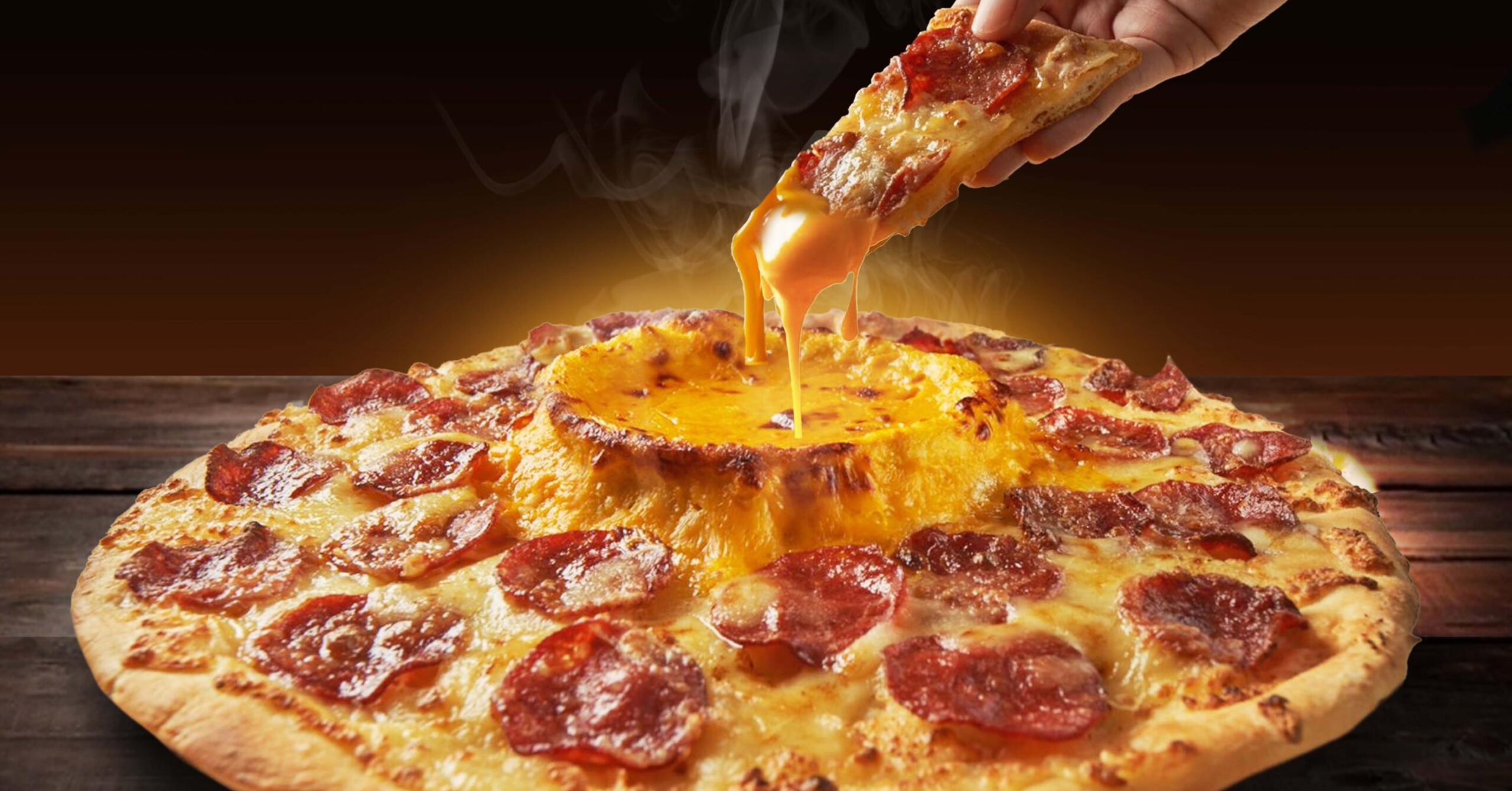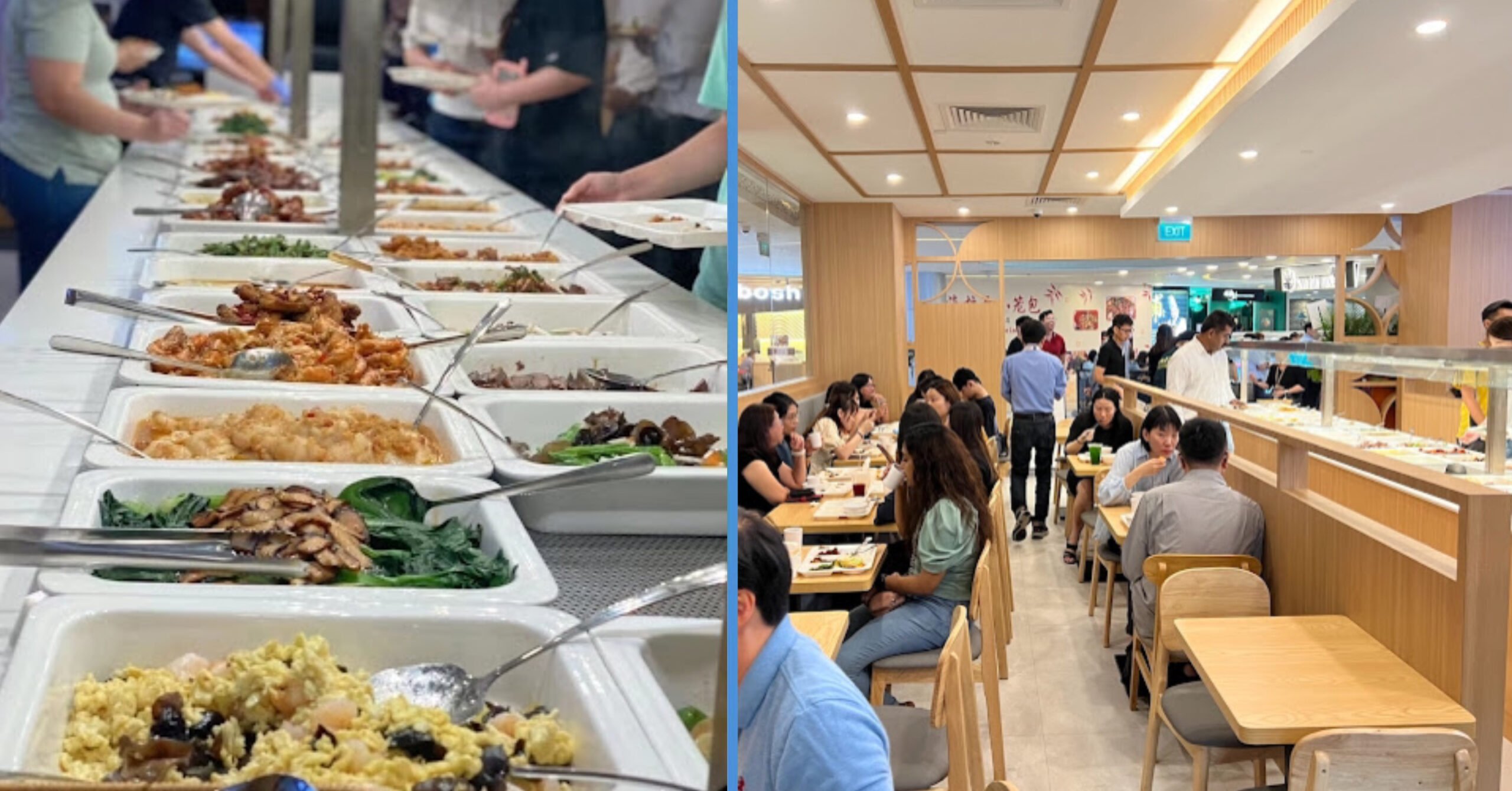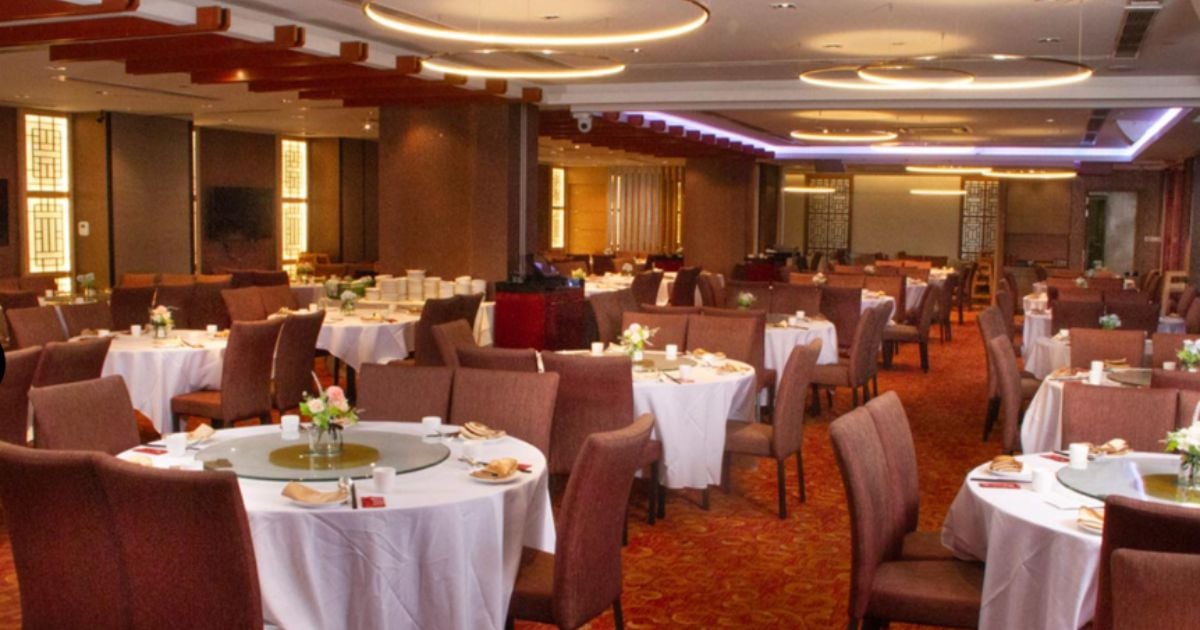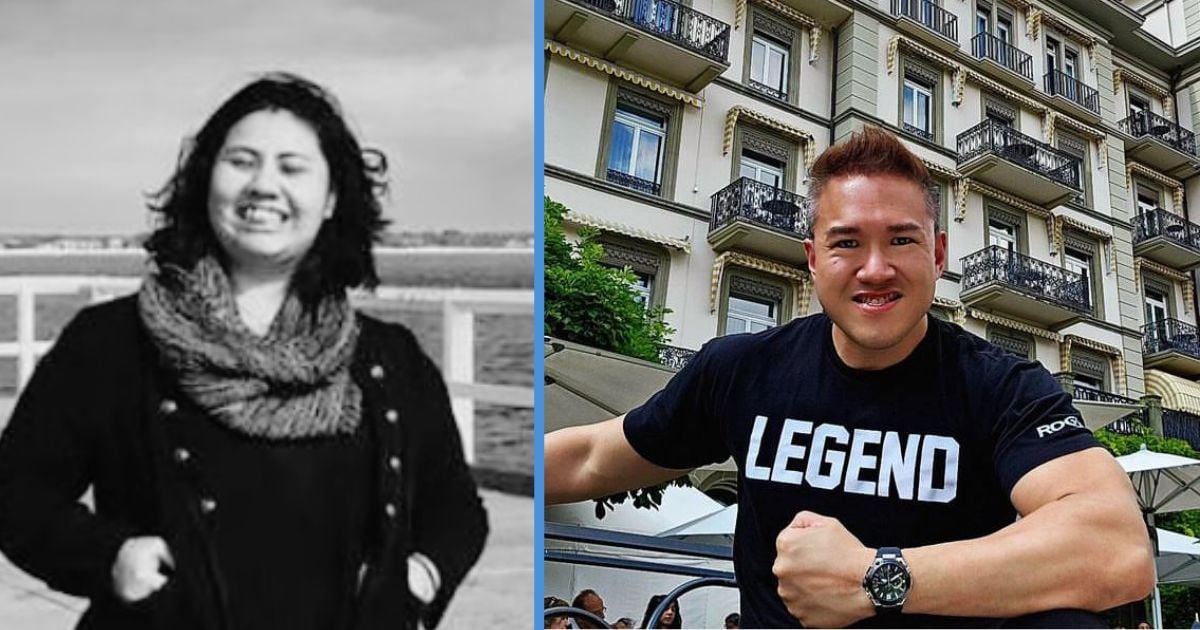Long-time Goody Feed readers might have read about the fact that the Malaysian, or Klang, or Hokkien Bak Kut Teh got the “Teh” part of the name from Lee Boon Teh, a man from Fujian, China.
That was way back in 1945.
Today, we want to revisit that again because ever since that article, there have been tons of other origins on bak kut teh.
Like why is there a Malaysian and Singaporean version of Bak Kut Teh?
Oh no…not this again. Are you trying to start a war?!

I might be part of the minority on this, but I love all Bak Kut Tehs equally.
And A1, who sells both the Singapore version and Malaysia version of Bak Kut Teh spice packets, have kindly sponsored us and given me the mission to make peace in the Bak Kut Teh war front.
Which means that from today onwards, I can change my job title to Bak Kut Teh Peace Ambassador.
So first, let’s understand what is Singapore and Malaysia Bak Kut Teh.
There’s Actually Three Types Of Bak Kut Teh… And A Bonus
First, we got the Singapore Bak Kut Teh, which is actually the Teochew version.

The Teochew version is characterised by the pale white colour, and the taste is peppery and infused with garlic.

This is the most popular version in Singapore.
Second, we have the Klang Bak Kut Teh, which is the Hokkien version.

This is prepared using a variety of herbs and spices, with a mixture of soy sauce to create a darker broth.

This is the most popular version in Malaysia.
Third, we have the Cantonese Bak Kut Teh.
Huh, Bak Kut Teh got Cantonese version?
I know, we were so caught up in the M’sia vs S’pore war that we forgot other Bak Kut Teh exists. This version adds medicinal herbs for a stronger flavoured soup.
Bonus: there is also something called Dry Bak Kut Teh.

You can argue whether this is actually Bak Kut Teh or not, but you have to cook the Bak Kut Teh soup until it reduces into a sauce before you can make this version.
So, About The Origins…
From our previous Bak Kut Teh story, we know that the Klang/Hokkien version was brought over by Lee Boon Teh in 1945, known as “Bak Kut” only until they associate him with the dish, and added “Teh” to become “Bak Kut Teh”.
Bak Kut Teh is also in the Hokkien language, so of course, the Hokkien version is the original lah! Right?

Wrong.

Leslie Tay or the blogger ieatishootipost actually talked to a Tea Merchant Kenry Peh, who revealed that when Kenry’s grandfather migrated to Singapore in the 1920s, “Bak Kut Teh was already being served by the Teochew’s around Char Jung Tao (Clarke Quay) area and the Hokkiens around Hokkien street.”
Which will make it seem like everything you know about Bak Kut Teh to be wrong.
Then, we heard about this story:
Back in the past, Nanyang has a lot of rubber plantations.
The workers back then had to wake up at 4am in the morning to begin collecting rubber sap.
Because lights weren’t as common back then, the workers will go to a nearby coffee house to eat a bowl of pork rib soup and white rice.
Together with their meal, they’ll have a cup of Chinese tea.
After a while, this type of meals became known as Bak Kut Teh, named for the combination of soup, rice and tea.
But if you think about it…
Bak Kut Teh Is Really Just Boiling Pig Bones
And do you really believe this idea is so revolutionary that it would take humanity until the 1900s to come up with it?
JohorKaki, a Malaysian blogger even suggested that neither M’sians nor S’poreans were the ones who invented it. Instead, it’s the Koreans.

The argument here is that the Koreans had Gamjatang, which is like Bak Kut Teh, also a dish that is Pig Bones boiled in soup.
And Gamjatang, according to Wikipedia, can be traced back to the Three Kingdoms era.
But here’s something even more interesting.
Bak Kut Teh Might Have Started Because Of Drugs
Just to clarify, I’m referring to when they started eating (drinking?) Bak Kut Teh in Malaysia and Singapore.
An article by TheStar interviewed the chief chef at the 7th World Chinese Entrepreneurs Convention for the Klang Hokkien Association, and the chef said this:
“Bak kut teh started out as a poor man’s diet, eaten mainly by trishaw pullers and coolies who had little time for lunch.
“Most of them were also addicted to opium. To get rid of the aftertaste and replenish their bodies they started mixing meat with nutritious herbs and there, you’ve got bak kut teh.”
That’s right. Bak Kut Teh started because people were addicted to opium. Considering that Singapore also had an opium problem, it is not hard to believe that Singapore probably had a similar story behind it.
There’s No Need To Debate. Let’s Eat Bak Kut Teh
There are plenty of places in Singapore that sells Bak Kut Teh. But if you want something more cost-effective yet equally delicious, A1 sells both Singapore

And Malaysia pre-made spice packets for Bak Kut Teh.

You can buy them at pretty much any supermarkets around the island, and they’re cheap, too.
Plus, you can customise it with everything. Prefer the taste of fish? Go for Fish Bak Kut Teh.
As the Official Bak Kut Teh Peace Ambassador, I have suggested the radical idea of mixing S’pore and M’sia Bak Kut Teh together to create a fusion version.
And I’ll be catching you when we try that soon.

This article was first published on Goody Feed and written in collaboration with A1.
